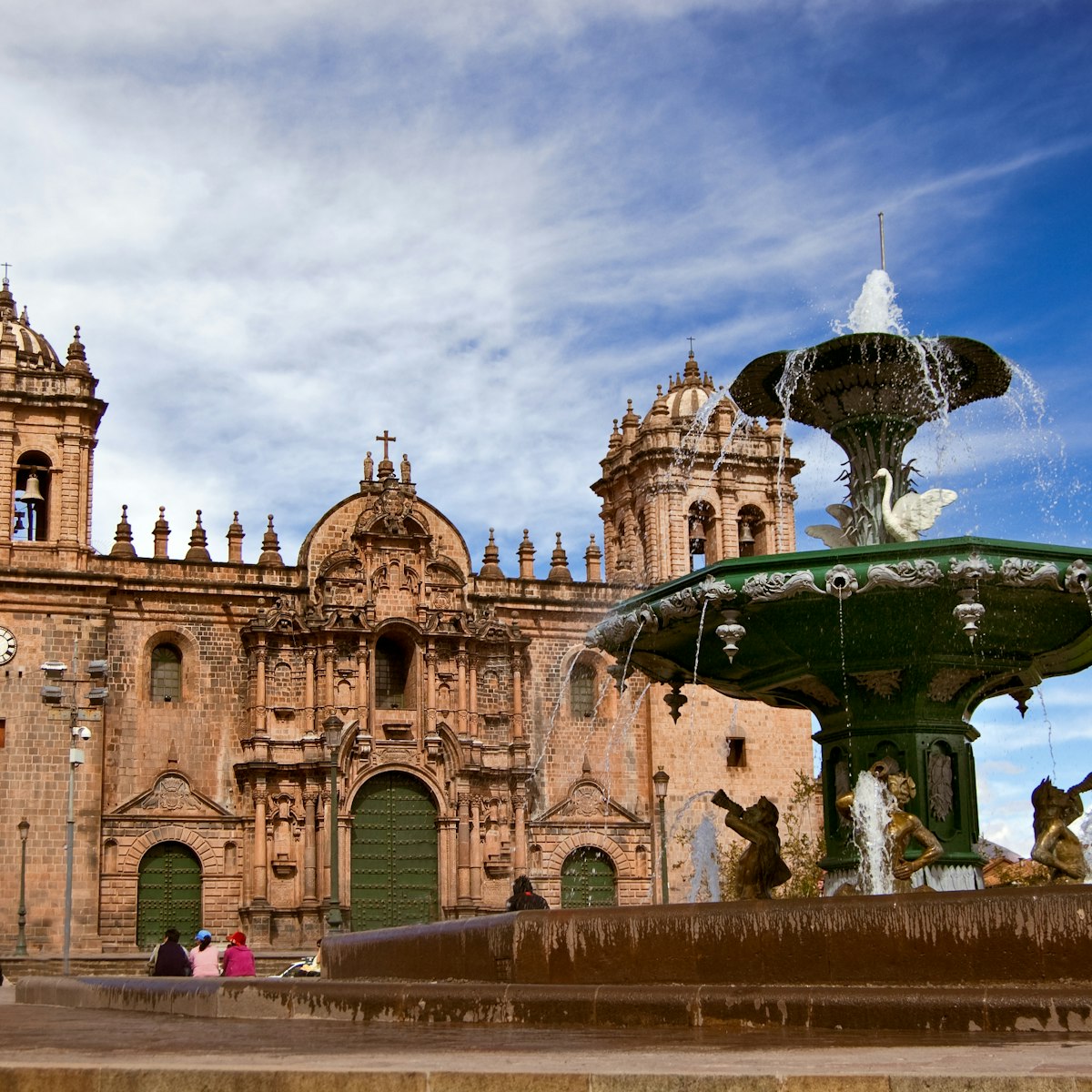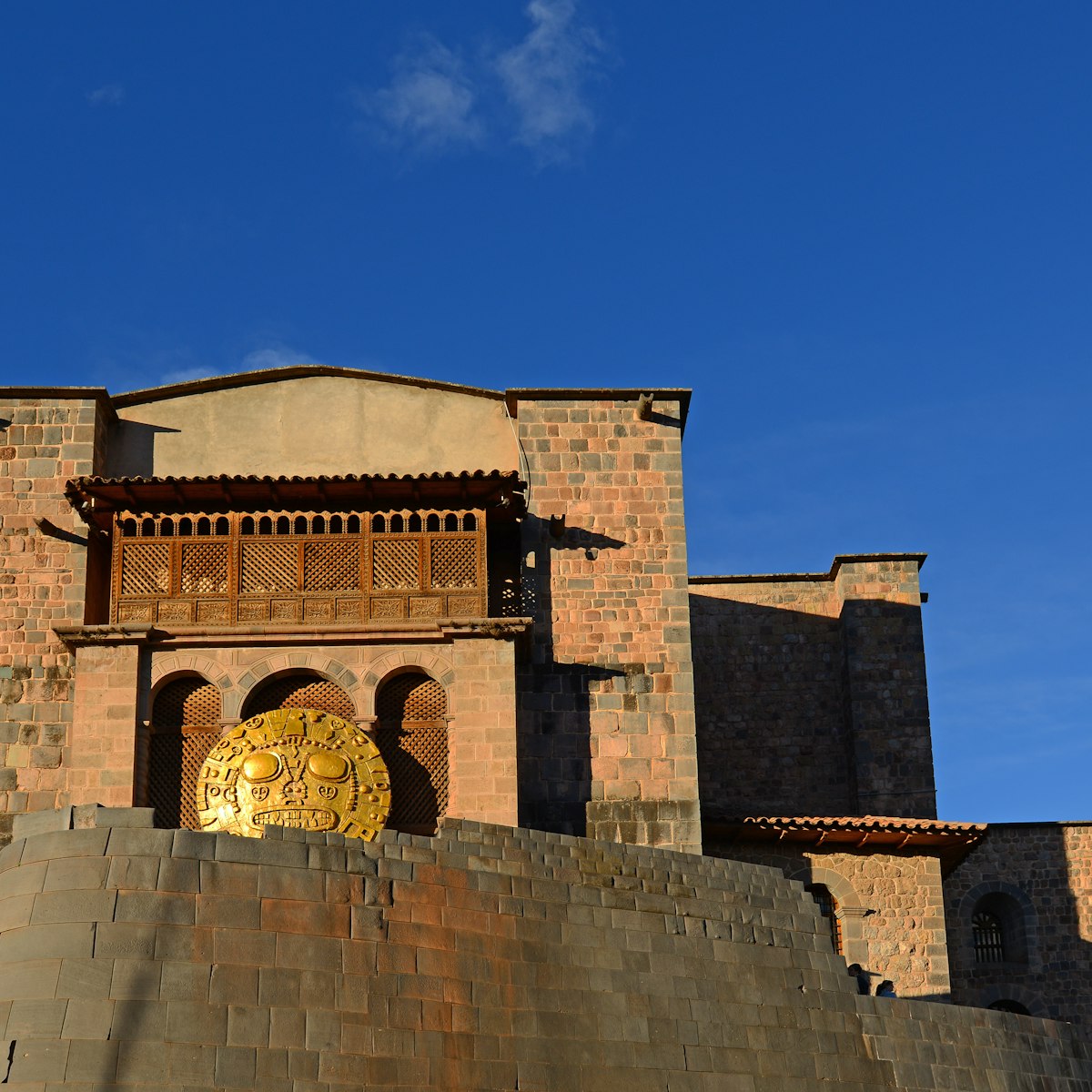This immense ruin of both religious and military significance is the most impressive in the immediate area around Cuzco. The long Quechua name means ‘Satisfied Falcon,’ though tourists will inevitably remember it by the mnemonic ‘sexy woman.’ Today’s visitor sees only about 20% of the original structure. Soon after conquest, the Spaniards tore down many walls and used the blocks to build their own houses in Cuzco, leaving the largest and most impressive rocks, especially those forming the main battlements.
In 1536 the fort was the site of one of the most bitter battles of the Spanish conquest. More than two years after Pizarro’s entry into Cuzco, the rebellious Manco Inca recaptured the lightly guarded Sacsaywamán and used it as a base to lay siege to the conquistadors in Cuzco. Manco was on the brink of defeating the Spaniards when a desperate last-ditch attack by 50 Spanish cavalry led by Juan Pizarro, Francisco’s brother, succeeded in retaking Sacsaywamán and putting an end to the rebellion. Manco Inca survived and retreated to the fortress of Ollantaytambo, but most of his forces were killed. Thousands of dead littered the site after the Incas’ defeat, attracting swarms of carrion-eating Andean condors. The tragedy was memorialized by the inclusion of eight condors in Cuzco’s coat of arms.
The site is composed of three different areas, the most striking being the magnificent three-tiered zigzag fortifications. One stone, incredibly, weighs more than 300 tons. It was the ninth inca, Pachacutec, who envisioned Cuzco in the shape of a puma, with Sacsaywamán as the head, and these 22 zigzagged walls as the teeth of the puma. The walls also formed an extremely effective defensive mechanism that forced attackers to expose their flanks when attacking.
Opposite is the hill called Rodadero, with retaining walls, polished rocks and a finely carved series of stone benches known as the Inca’s Throne. Three towers once stood above these walls. Only the foundations remain, but the 22m diameter of the largest, Muyuc Marca, gives an indication of how big they must have been. With its perfectly fitted stone conduits, this tower was probably used as a huge water tank for the garrison. Other buildings within the ramparts provided food and shelter for an estimated 5000 warriors. Most of these structures were torn down by the Spaniards and later inhabitants of Cuzco.
Between the zigzag ramparts and the hill lies a large, flat parade ground that is used for the colorful tourist spectacle of Inti Raymi, held every June 24. To walk up to the site from the Plaza de Armas takes 30 to 50 minutes, so make sure you’re acclimatized before attempting it. Arriving at dawn will let you have the site almost to yourself, though solo travelers shouldn’t come alone at this time of day.


